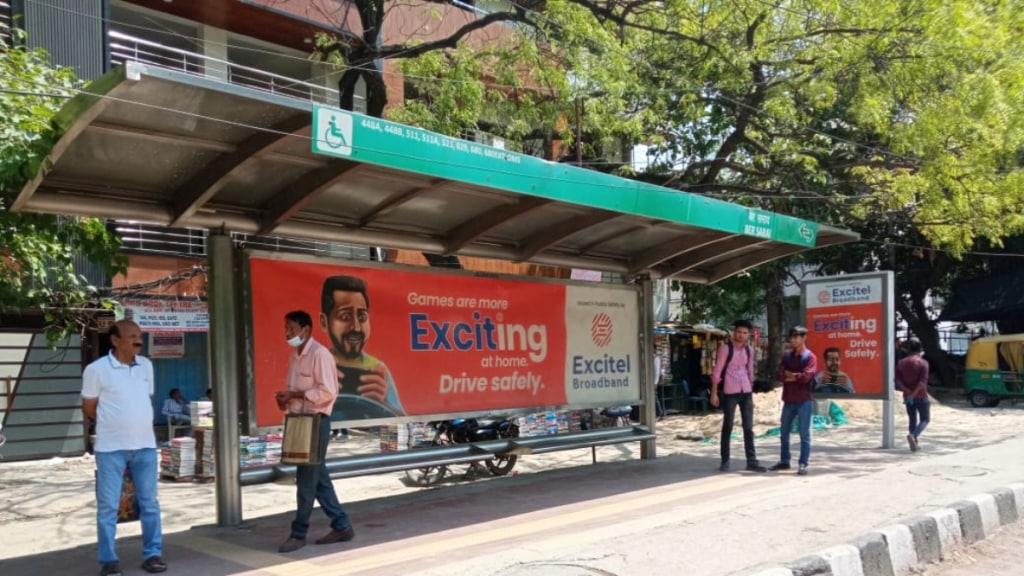Advertisements are more than what we merely see on our screens, it takes a robust amount of time, energy and resources to bring it alive. Advertising campaigns not only help brands reach its target audience but also make consumers aware of the product or services. In fact, it sometimes plays a crucial role in evolving consumer habits, trends and traditions. In our weekly Campaign Decoded series, industry experts highlight the unseen behind a campaign. Varun Pascricha, COO, Excitel, talks to BrandWagon Online about the conceptualisation, thought and more about the campaign. (Edited Excerpts)
What was the thought behind the campaign?
The idea behind our ‘Drive Safely’ campaign was born from a simple yet striking observation. As someone who frequently commuted between our office in Okhla and my home in Gurgaon, I couldn’t help but notice a common sight on the congested streets of India. People were driving their cars with their phones mounted on the windshield, engrossed in everything from video calls to entertainment.
Now as we also know, India has one of the highest rates of road accidents, and Delhi is particularly notorious for it. It became clear that folks were turning their travel time into mobile entertainment time. But here’s the catch – the content they were indulging in, like binge-watching shows, was meant for a cosy evening at home with a reliable broadband connection, not the chaos of city traffic.
This realisation hit home, and we decided to create a campaign that wasn’t just about pushing our services and standing for a cause. It aligned perfectly with the rising trend of consuming content while on the move. Our message was simple: let’s keep the internet stuff for home, where it’s meant to be, and drive safely on the road.
So, that’s the story behind our ‘Drive Safely’ campaign. It’s about making our streets safer and redefining how we enjoy entertainment, all at the same time.
Which agency has conceptualised the ad? Why did you choose them?
Our marketing team collaborated with our creative agency partner, DVIO, to conceptualise this ad campaign. We chose DVIO due to our longstanding working relationship, which has developed a strong understanding and chemistry between our teams, enabling effective collaboration and innovative campaign ideas.
How do you intend to influence the consumers with this campaign?
With this campaign, our primary goal is to educate commuters about the fundamental purpose of mobile internet, with a focus on underscoring that streaming movies and binge-watching series are better suited for home broadband. Our message, “Movies and games are more immersive at home,” has been thoughtfully designed to effectively resonate with consumers.
The central objective of this campaign isn’t an immediate return on investment; rather, it’s about establishing brand awareness and unaided recall of a cause. By promoting road safety and highlighting the potential hazards of using the internet while driving, Excitel aims to align its brand with a meaningful cause and carve out a distinctive position in the market.
With time, starting in Delhi and expanding to Hyderabad, Bangalore, and Jaipur, consistent exposure to this campaign can influence consumers to bring a change in their behaviour while driving.
What was the budget for this campaign?
The campaign’s budget was estimated to be around Rs 4-5 crores, and it was allocated over an extended period. For us, It was not a one-time expense but a sustained commitment.
Which are the mediums you will advertise on and why?
When you are working with limited resources, you naturally become more adept at utilising them efficiently. In our case, we didn’t have access to endless millions of dollars from investors. Therefore, every investment we made had to serve a dual purpose: it had to create a tangible impact and provide a measurable return on investment. This approach was akin to our guiding compass in all our endeavours. Therefore, Excitel’s marketing mix included approximately 50% digital advertising and 30-40% allocated to OOH (Out of Home) and BTL (Below The Line advertising).


